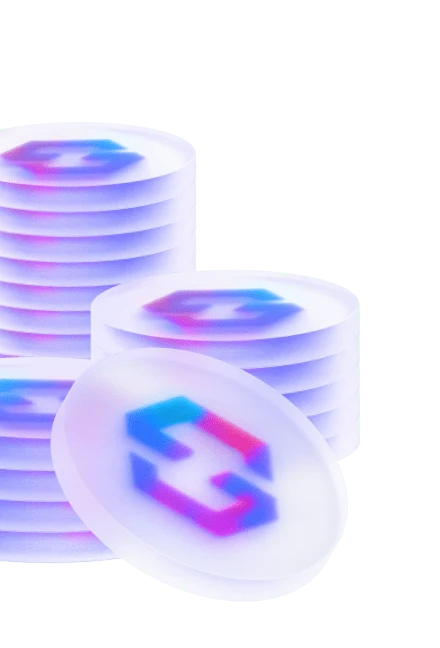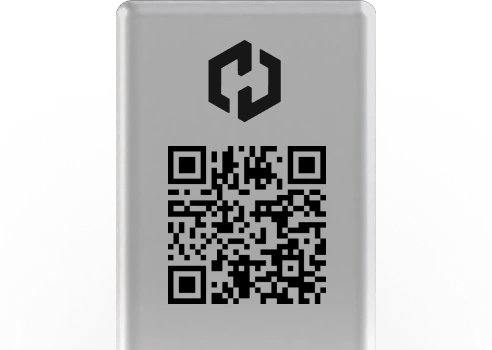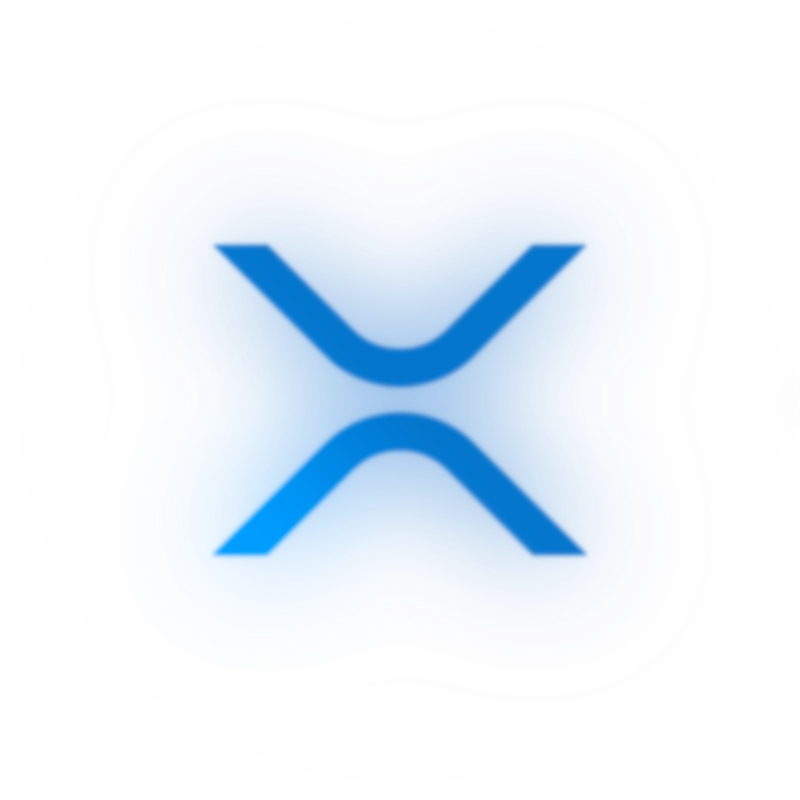Ripple was conceived back in 2004 by Ryan Fugger, a Vancouver-based web developer, as a decentralized digital monetary system.
It was originally named RipplePay.
Ryan Fugger’s idea was to make it easy for individuals and communities to develop their own virtual currency.
The RipplePay system was launched in 2005, still with the idea of offering secure payments worldwide.
In 2012, Jed McCaleb of the eDonkey network and Chris Larsen, founder of E-Loan and Prosper, approached Ryan Fugger with their idea for a new digital currency.
The idea was based on a system of verification by consensus between members of the same network, rather than on mining, like Bitcoin.
Ryan Fugger handed over the reins of RipplePay.
McCaleb and Larsen rename the company OpenCoin. The goal of the ripple project Their objective was clear: to offer payment solutions for banks and financial institutions.
They developed a new payment protocol, based on the concepts created by Fugger.
They call it the Ripple Transaction Protocol (RTXP).
By 2012, inspired by the creation of Bitcoin, Ripple’s leaders were deploying their own blockchain to provide exchange services on several currency pairs, but also to store all the accounting information of network participants.
The blockchain’s native cryptocurrency, XRP, is created at the same time.
In 2013, OpenCoin changes its name to Ripple Labs.
The company launches numerous projects, some of which are now discontinued.
Ripple Labs, for example, proposed Codius in 2014, the aim of which was to develop smart contracts.
It wasn’t until 2015 that the company took the name Ripple. Ripple’s promise Ripple’s promise is to enable secure interbank exchanges verified by network participants via a consensus mechanism.
All in real time with an open source solution.
On June 13, 2016, the New York Department of Financial Services awarded Ripple a virtual currency license.
In October 2017, the company sets up partnerships with hundreds of financial institutions.
Ripple’s virtual currency, XRP, is now a benchmark in cryptocurrencies.















